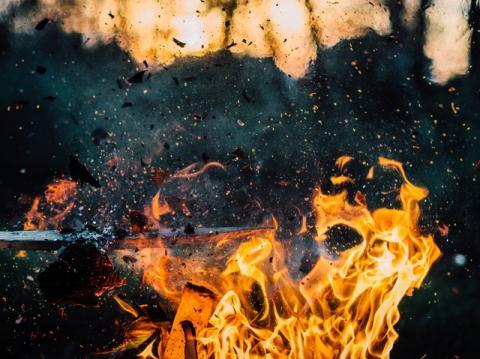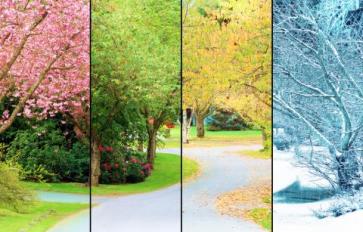
Before electricity, the fireplace or wood stove was the heart of every home. For those of us that live off of the grid, we know that fire is life, just as it was back then. Fire is everything: it provides heat for warmth and cooking and provides light at night.
Everything about fire serves a purpose in one way or another:
- The ashes are useful for the garden, compost, and in the outhouse.
- The charcoal can be used in a soap-making process.
- The hot coals can be used for cooking just as much as the actual fire.
- Fire can be used as a tool. One of the old-fashioned, slow-going ways of cutting logs without a saw is to build a small fire and place the log into the fire above the cut point. The fire will slowly burn the log cutting into the size you need it to be.
- For those of us without hot water systems in our off-grid home, a fire is our water heater. I heat water for dishes, showers/baths, and laundry.
Wood stoves vary in size and shape and there are specific wood cook stoves for cooking. The average amount of wood used to simply heat a house throughout one year estimates to about 1-2 cords for every 1,000 square feet of space. When you are using wood to heat and cook, you will require more wood. I have cooked using various wood cook stoves, regular wood burning stoves, outdoor kitchen stoves, and on an open fire. The wood for cooking is usually smaller and thinner than the wood to heat.
Cooking with fire in any form is truly a technique to be learned. You have to know your wood, how it heats, how long it heats, and especially if it sparks. You have to adjust the heat in every aspect; you can't just turn on the temperature and timer then walk away. You have to feed your fire until it reaches the right temperature for cooking. For stews, soups, or anything that needs a slow cook you have to use slow, steady burning hot wood, and for things that cook faster, you may just need something that burns quickly, providing high heat.
It can take months for wood to cure or age properly, and sometimes even years. The longer the wood sits and dries out, the better. Different types of wood provide different types of heat, flames, and burn time.
Here are some of the woods used along with their best uses:
- Apple – Burns slow and steady with a low flame. It is good for cooking and heating.
- Ash – Provides a steady flame, a good temperature output, and can burn green if necessary.
- Beech – Beech burns similar to Ash but it has to be dry.
- Oak – A small flame that provides a very slow and hot burn. It's great for winter weather.
- Thorn – Thorn has a very low smoke output, a steady burning flame, and a nice heat output. It is good for heating and outdoor cooking because it sparks and smokes very little.
- Birch – This wood provides a lot of heat but it is fast to burn so it is best to use when first lighting the fire.
Some folks get their wood delivered by a sawmill or a neighbor down the road and others still go get it themselves. I enjoy all aspects of collecting the wood for my fire. It is a process to find the trees, fell or haul them, saw them down, and stack them for drying. It is truly humbling and an awe-inspiring moment when YOU just provided your family with a winter's supply of wood and plenty more for cooking.
Fire is life, and holds a deep meaning! Fire is an important resource, especially when living off of the grid. When this becomes a learned skill, the uses of fire are almost endless. Fire is life: it heats the homes, cooks the food, warms the water, and provides light. It is one of the oldest tools in the world; respect and honor it for it brings light and life into the world.








